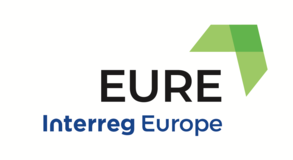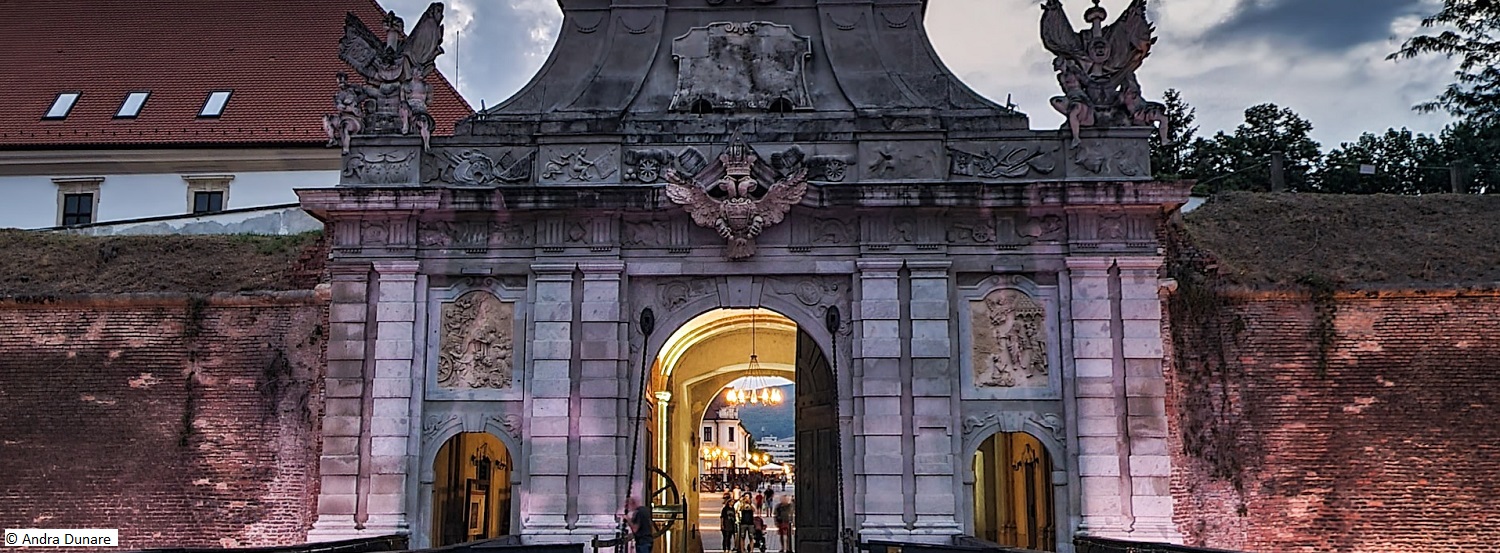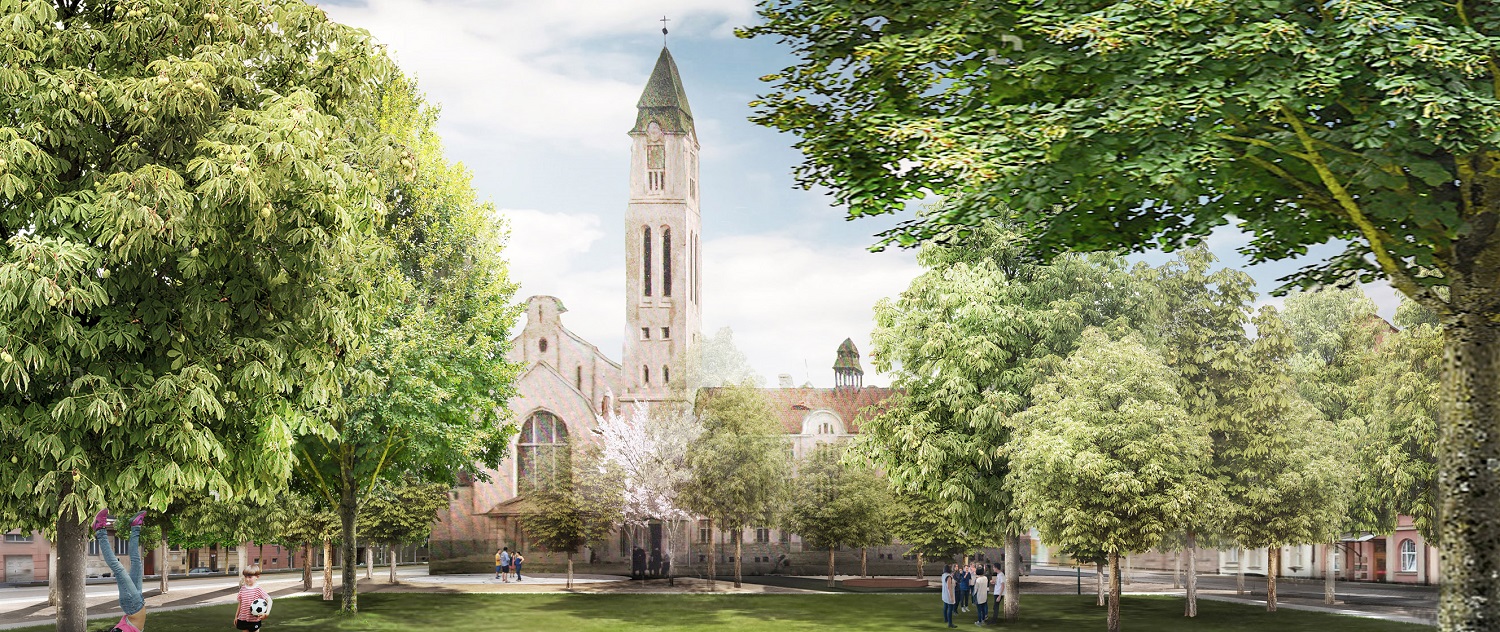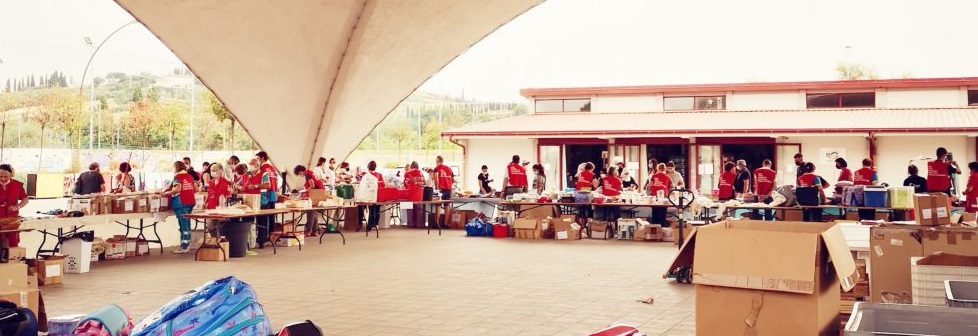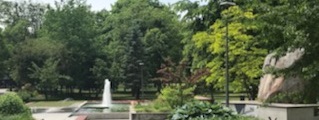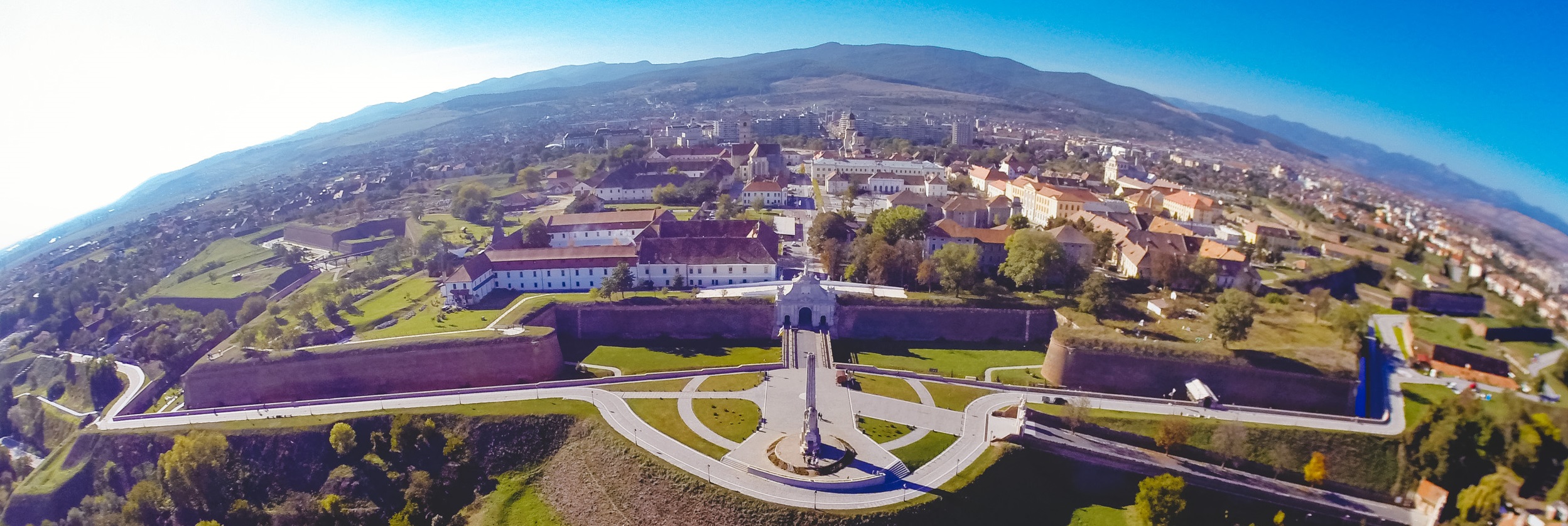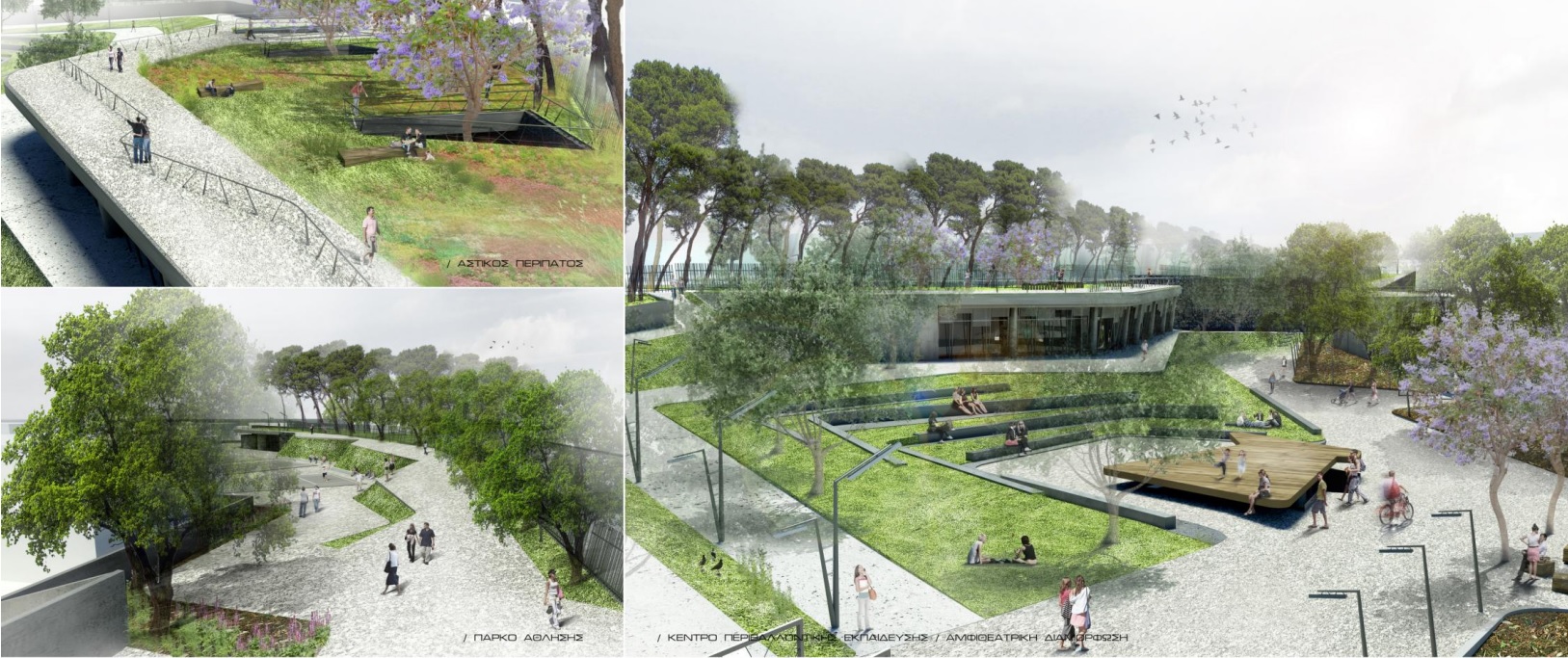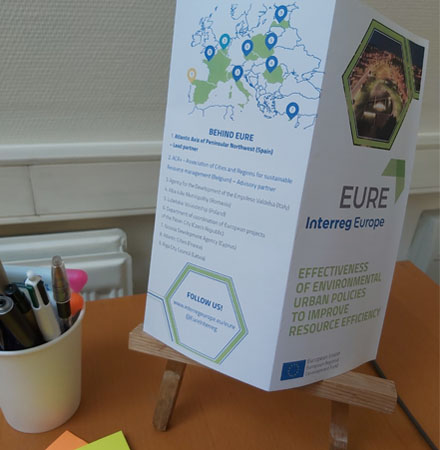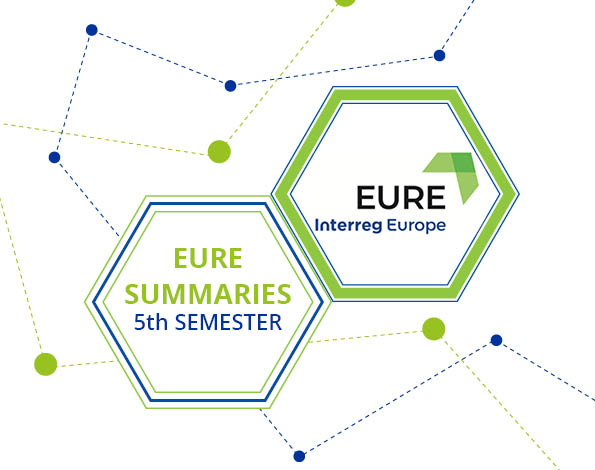Since last summer, EURE partners have busy implementing their Action Plan to bring transformation at local level. Where do they currently stand? Are there already some visible improvements? The Empolesa Valdese Development Agency ASEV tells us more about the changes that started to appear in Tuscany following the EURE Action Plan.
Can you summarise your Action Plan in one or two sentences?
The Action Plan proposed by ASEV aims to support the Managing Authority of Regione Toscana in creating an informal Consulting Group of future Beneficiaries of next Urban Renewal Projects. The consulting group will monitor all development and implementation processes.
What have you already implemented?
Regione Toscana is facing a new stage of the programming period ERDF 2021- 2027 which officially started at the beginning of 2022. As a response to the public call opened by the Regional Government in February 2022, 69 Municipalities submitted 46 projects. Regione Toscana is supporting and financing 11 new Urban Renewal Projects involving 19 Municipalities for a budget of Euro 100 million. All the projects include “processes of urban regeneration and innovation of settlement and housing policies (public heritage, public spaces and brownfield sites) in medium sized urban areas and territorial systems”. The Municipality of Empoli is among the beneficiaries with a Euro 10 million project which includes the renewal of important historical sites in the city center and the creation of a pedestrian-cycling footbridge across the river Arno.
The Municipality of Empoli is part of the Consulting Group and can offer analysis and detailed opinions on the development and implementation process of its own sites.
Do you already have some first evaluation? How are the changes brought by the Action Plan welcomed by the local actors?
The interregional work in the context of the EURE project has produced several documents, among which the Opinion Report that contains 10 political recommendations addressed to European Commission for the next programming period aiming to improve the presence and role of small and medium cities in the definition of next European Urban Policies. Recommendation n.2 contained in the Opinion Report expressly insists on the importance of social and public participation in the decision-making process of the future of small and medium cities. This is also the opinion expressed by the Tuscan municipalities which were beneficiaries of the 2014-2021 FESR programming period and participated in the transnational activities and study visits proposed by the project.
ASEV has kept permanent contacts with some of the beneficiaries to monitor their opinion on the use of 2014-2021 EDRF fundings at regional level. Their opinion also became part of the political recommendations produced by the EURE project and shared with Regione Toscana and the Managing Authority in on-line and face-to face meetings over the last few months.
The first evaluation is: most of the beneficiaries’ feedback is about the complexity of the processes which have really created an overload of work on local government offices. This is particularly true in Urban Renewal Projects of historical sites where different levels of national, regional and departments and offices are involved at the same time. Many municipalities have asked Regione Toscana for easier procedures, such as during the public meeting organized by ASEV in September 2021 attended by the Governor of Regione Toscana.
The project is finishing in a few months, do you already know if you will follow-up on the Action Plan? How?
Among the elements of continuity of 2014-2020 programming period, the Regional Strategic Framework 2021-2027 confirms a significant focus for the ERDF:
• on the themes of innovation research and digitalisation, through the implementation of the Smart Specialisation Strategy (S3);
• on sustainability, with a focus on green infrastructure, ecological and digital transition and the circular economy;
• on sustainable urban mobility, with the enhancement of cycling and walking routes and infrastructure supporting intermodality;
• on territorial inclusion and cohesion, pursued through integrated territorial strategies in urban areas and support for inland, rural and coastal areas.
